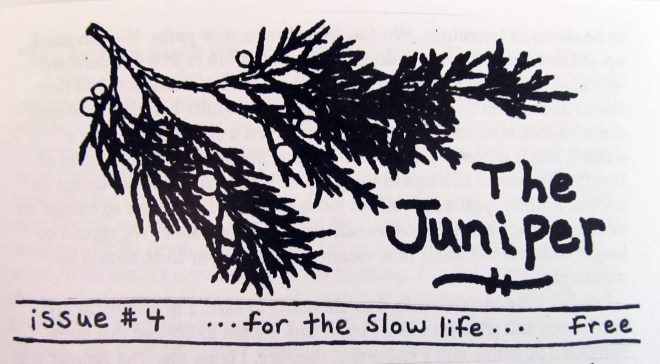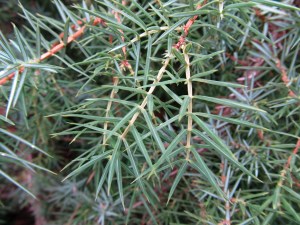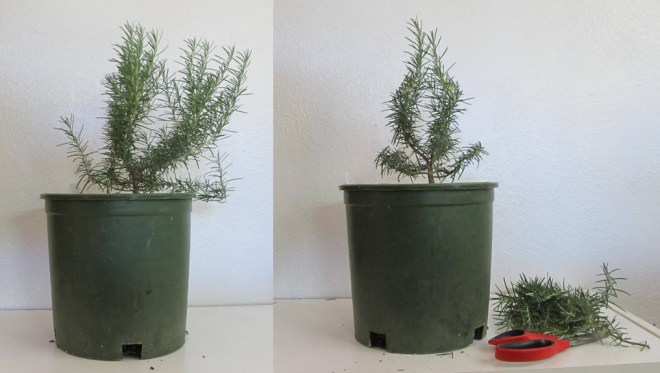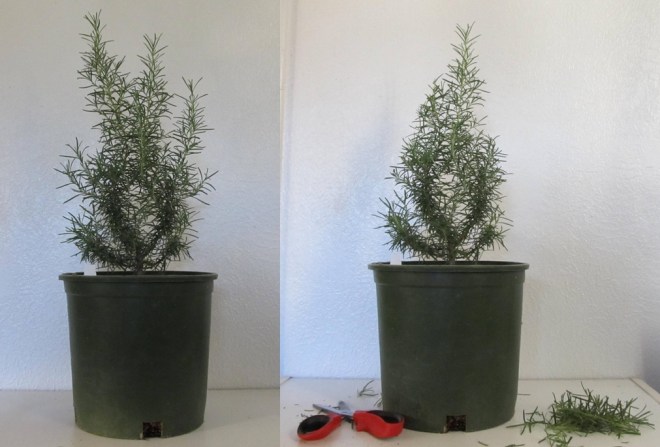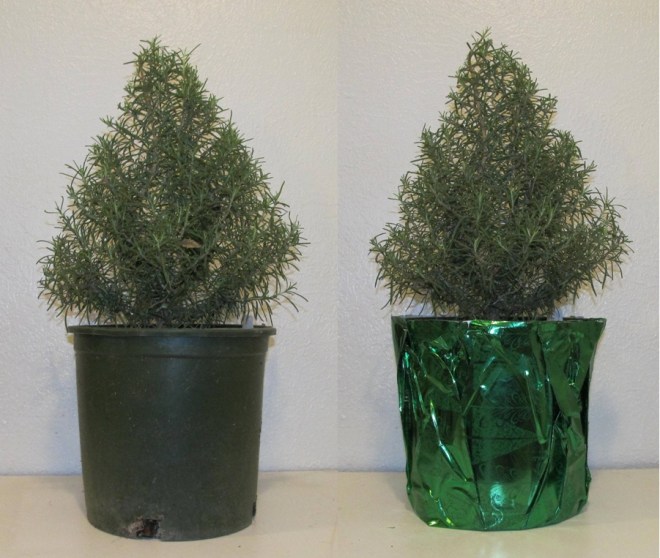Just because it’s winter doesn’t mean there aren’t plenty of plants to look at. Deciduous trees and shrubs become particularly interesting during the winter months with their exposed branches and their growth habits made more obvious. The beauty of a tree’s “skeletal” structure is revealed when it’s stripped of its leaves and set against a winter sky. Winter is also a great time to prune certain trees and shrubs (when appropriate), partly because their branches are so easily viewed and “problem” areas readily reveal themselves. Whether you’re observing a tree’s branching structure simply for enjoyment-sake or because you plan to prune, you may find yourself noticing distinct differences in the growth habits of trees. Distinct growth habits can help you identify trees. They can also tell you something about a tree’s environment or growing conditions.
In the book, The Tree, Colin Tudge defines a tree as “a big plant with a stick up the middle.” Sometimes this “stick” runs straight up from the ground to the top of the tree without interruption and is the tallest portion of the plant. Other times, the “stick” reaches a certain height and branches out into multiple “sticks,” each one reaching out in a different direction – some heading more outward, while others continue to reach for the sky. This is the difference between excurrent and decurrent growth.

A tree with an excurrent growth habit has one central leader – or single trunk – that reaches all the way to the top of the tree. Side branches occur along the length of the trunk and generally get shorter as they move up the tree, producing a pyramidal or conical shape. Think of a typical Christmas tree. Many conifers exhibit excurrent growth, as do several deciduous trees such as sweetgum and pin oak, as well as aspens and other poplars. When a tree divides part way up the trunk, splitting into several large branches – none of which could be considered the dominant branch – it is exhibiting a decurrent growth habit. Trees that generally fall into this category include elms, maples, oaks, and ashes. The growth habit of a tree is largely a result of its genetics, but plants are known for their plasticity, taking on a wide variety of forms depending on their parentage and their circumstances. Trying to identify a tree based only its growth habit, isn’t likely to yield great results.

The environment that a plant is growing in can have noticeable effects on the form the plant takes. A tree growing up in a forest thick with other trees will typically grow straight up in search of sunlight and will branch out very little until it can get up high enough to do so. That same species of tree growing in an open field might instead branch out extensively at a much lower height, taking advantage of the generous amount of space to stretch its branches out wide. As Tudge puts it in The Tree, “one form for the forest, another for the open ground.” Additionally, things can happen in a tree’s life that will drastically alter its form. If, for example, a storm comes through and breaks off a tree’s central leader, several side branches might grow out and upward to take its place, giving an otherwise excurrent tree a decurrent form. The pruning that humans often do (sometimes unwisely) to trees and shrubs, particularly in urban settings, can also alter a plant’s natural growth habit considerably. These are important considerations to make when assessing the forms of trees.

I give decurrent growth habits five stars. No shade on excurrent trees. They’re also beautiful. But while trees with excurrent growth habits have otherwise predictable forms, decurrent trees are full of surprises. Their broad and rounded forms provided by their deliquescent branching structures are endlessly interesting, and their capacious canopies ensure that no two trees are alike.


